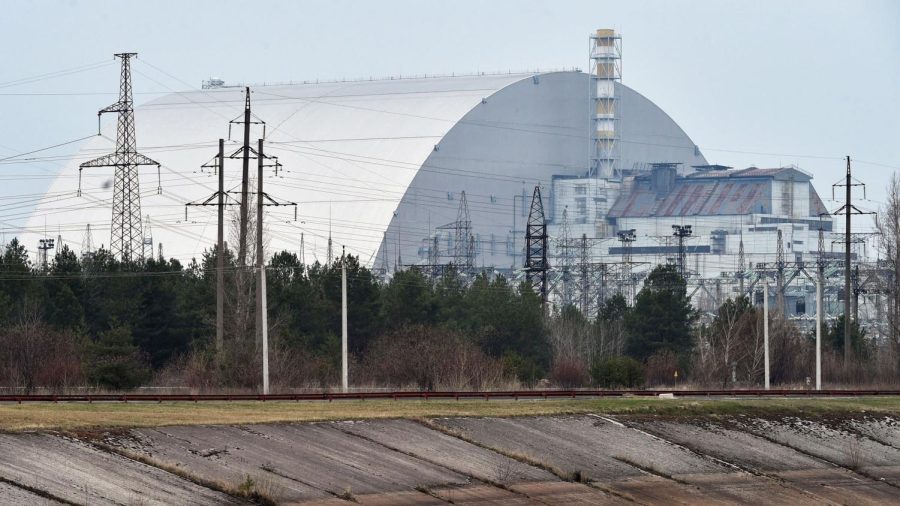Chernobyl
November 15, 2021
The Chernobyl Disaster was a nuclear accident that occurred on April 26, 1986, in reactor No. 4 at the Chernobyl Nuclear Powerplant near the city of Pripyat in the Ukrainian SSR. It is considered the worst nuclear accident ever in both casualties and cost. It is one of the two only nuclear accidents that have been rated a seven by the International Nuclear Event Scale. The other was the 2011 Fukushima nuclear disaster in Japan. The initial emergency response, with later decontamination of the environment, involved more than 500,000 workers and cost 18 billion Soviet rubles. That is roughly $68 billion USD in 2019.
The accident occurred during a safety test on the steam turbine of a nuclear reactor. During a planned decrease of reactor power preparing for the test, the power level dropped nearly to zero. The operators were not able to restore the power level, which put the reactor in an unstable condition. This risk was not made clear in the operating instructions, so the operators continued with the test. Upon test completion, the operators triggered a reactor shutdown. A combination of operator negligence and design flaws had primed the reactor to explode. Instead of shutting down, an uncontrolled chain reaction began, releasing extreme amounts of energy.
The core melted and two more explosions ruptured the core and destroyed the reactor building. Immediately following an open-air core fire began. It released airborne radioactive contamination for almost nine days that precipitated into parts of the USSR and Western Europe, before ending in May of the same year. Some 70% of the fallout landed in Belarus, 9.9 miles away. The fire released nearly the same amount of radiation as the first explosion. As a result of rising radiation levels off-site, a 6.2-mile radius exclusion zone was created 36 hours after the accident. Nearly 49,000 people were evacuated from the area, mostly from Pripyat. The radius was later increased to 19 miles and a further 68,000 people were evacuated. It became the Chernobyl Exclusion Zone covering around 1,000 square miles.
The explosion killed two engineers and severely burned more. A massive operation to put out the fire, stabilize the reactor, and clean up the ejected core began. During the immediate emergency response, 134 station staff and firemen were hospitalized with acute radiation syndrome from absorbing high doses of radiation. Of these 134 people, 28 died in the days to months afterward and 14 believed radiation-induced cancer deaths followed within the next 10 years.
The USSR built the protective Chernobyl Nuclear Power Plant sarcophagus. It reduced the spread of radiation. It also provided radiological protection for the crews of the undamaged reactors at the site, which was restarted in late 1986 and early 1987. Due to the continued damage of the sarcophagus, it was further enclosed in 2017 by the Chernobyl New Safe Confinement. This larger allowed the removal of both the sarcophagus and reactor debris while containing the hazardous materials. Nuclear clean-up is scheduled for completion in 2065.


